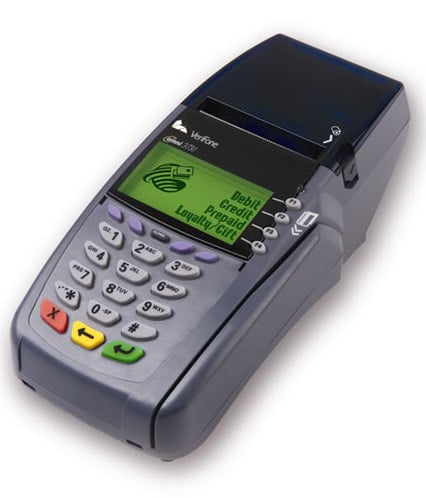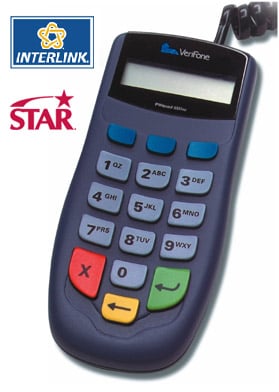When to Hide the PIN Pad

Gimme a double burger, hold the onion and PIN numbers.
Have you noticed that when you use your debit card at a fast food restaurant, they never ask you to enter your PIN number, even though the face of your card is clearly marked with the word "Debit"? You may have wondered "Why don't they take advantage of the 0% discount rate available for PIN-based debits?" There's a good reason, and your credit card processor or sales agent should have already explained it to you. If they didn't bother, keep reading and I'll show you how to maximize your savings on debit cards.
Just like cash? Not quite.
When debit cards were first introduced, they were hailed as being "just like cash." Your customer's funds were transferred quickly into your account, and you didn't have to pay a discount rate on the transaction. Merchants were left to assume, incorrectly, that a $10 debit card sale would result in $10 (minus the transaction fee) going directly to the business' checking account. There is one "minor" detail that is often overlooked, and if your business processes many small transactions, the consequences can be large.

Without the PIN, debit cards are processed just like credit cards.
Normal credit card transactions (including debit cards processed without a PIN number) typically involve a discount rate and a per-item fee. For the sake of conversation, let's assume your discount rate for debit cards is 1.50% and your per-item fee is $.25. Let's also assume your average ticket amount is only $8.00, which is common for many types of quick-serve restaurants, convenience stores, and some retail stores. And finally, let's assume you process 1,000 debit card transactions per month. Using this scenario, you would spend about $370.00 per month to process debit cards. (1.50% rate x $8 average ticket x 1,000 tickets = $120 in discounts; $.25 x 1,000 tickets = $250 in item fees.)

If you accept PIN numbers, your transactions will have uninvited guests
When a customer enters his PIN number, another party is invited to participate in the transaction. On the back of most debit cards, you'll find a printed logo in the lower right corner. This is the name of the debit network that transfers money from your customer's bank to your bank. There are many different networks in the U.S.; among them are Honor, Interlink, Star, and Plus. And these networks charge their own fees for handling your money. Debit network fees are charged in addition to the per-item fees charged by your processor. These fees can vary dramatically, but in my part of the country, they average $.15-$.25 per transaction, plus a very small percentage of the transaction.
Debit network fees can cost much more than credit discount rates
Now, let's look at the cost of those same debit card transactions, but instead of processing them as normal credits (with signed receipts), let's assume you asked your customers to enter their 4-digit PIN numbers every time. And let's assume that the debit networks in your area charge an average of $.19 per transaction plus 0.65% of the transaction. Collecting PIN numbers, you would have spent about $492 to process those debit transactions. ($.19 x 1,000 transaction = $190 in debit network item fees; 0.65% rate x $8 average ticket x 1,000 tickets = $52 in debit network rates; $.25 x 1,000 tickets = $250 in item fees.)
Are you spending dimes to save pennies?
As you can see, this business owner would actually waste $122 every month by asking his customers to enter their PIN numbers. For a system that was supposed to save him money, this is not good! Knowing which debit networks are used in your area, your credit card processor should be able to calculate your break-even point for PIN-based debits. Then, you'll know when to ask for PIN numbers, and when you should hide the PIN pad. Having this information can save you several cents on every transaction, adding up to huge savings over a year.
The most important question is: "Was this news to you?"
I do a break even analysis for all of my retail merchants, and I explain when they should ask for a PIN number and when they should hide the PIN pad. It's just one of many value-added services I perform free-of-charge. If your credit card processor isn't looking for ways to help you to lower costs, please call me. I'd appreciate the opportunity to work with you.








